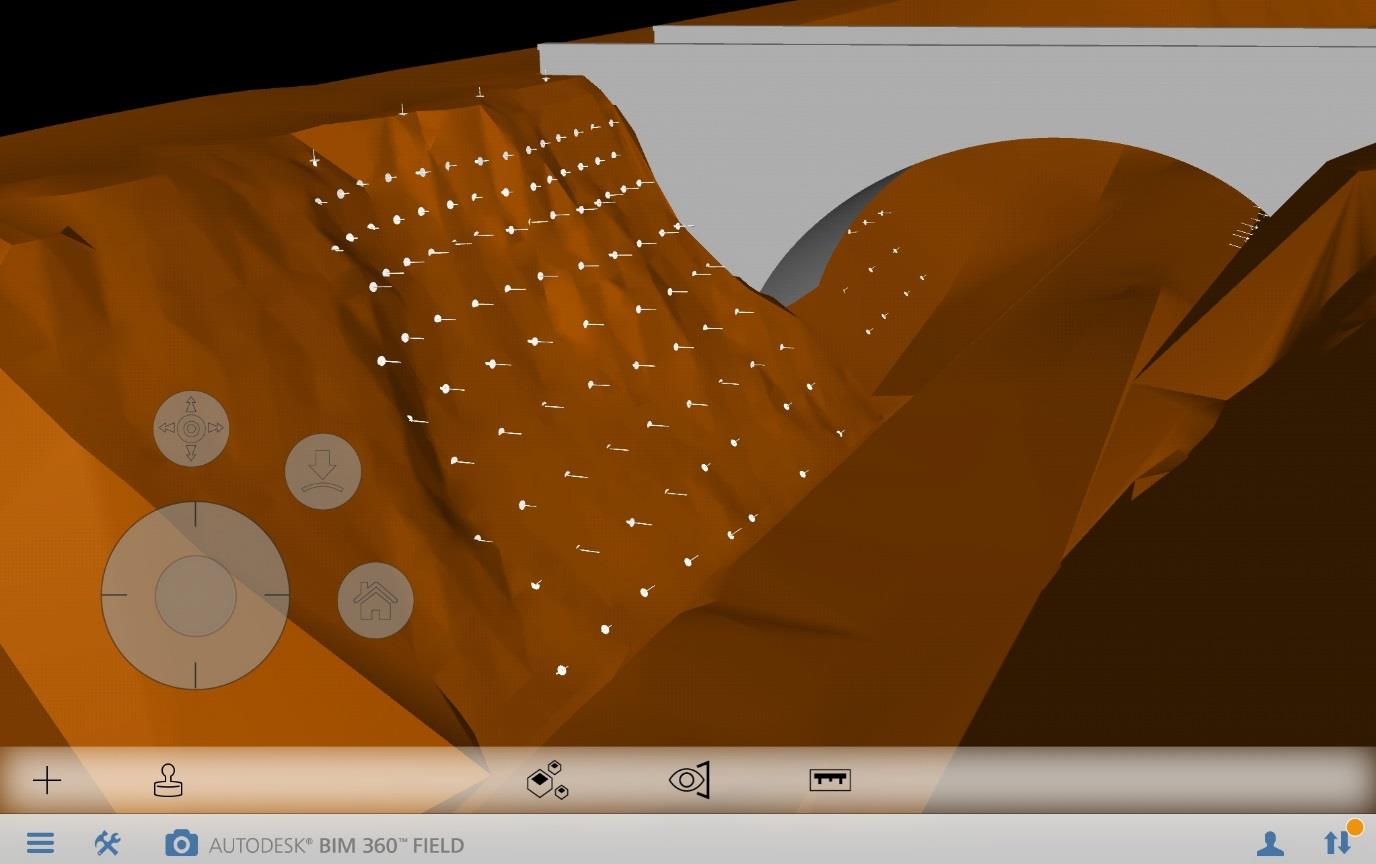Many techniques and solutions employed to stabilise or enhance natural slopes, cuttings and embankments involve the installation of buried or hidden components such as soil nails ground anchors and piles. The long-term performance and condition of these elements is critical to the success of the design solution and they are often sized (length, tensile load capacity etc.) on the basis of calculated loads and potential failure mechanisms/geometries from stability analyses and/or numerical models.
Despite the criticality of these hidden components it has not generally been common practice to incorporate specific measures to monitor their condition or loads in service. BS8081:1989 and its 2015 update recommend periods for inspection and lift-off testing/use of load cells to monitor loads throughout the service life of ground anchors where they are critical to the performance of the anchored structure or earthwork. In the case of soil nails, which are usually fully bonded it is not possible to monitor loads in service using lift-off tests and for reasons of practicality maintenance inspections are restricted to the visible elements (head plates etc.).
Advances in technology and increased use of digital construction and digital data management in recent years have enabled great improvement in the recording and presentation of as-constructed information for slope stabilisation schemes. However, asset owners and engineers responsible for assessing the condition of soil nailed/anchored slopes are faced with the challenge of verifying the current condition and ongoing performance of the hidden components. This challenge is particularly acute in cases where anchors or nails were installed prior to publication and adoption of standards and best practice guidance (e.g. CIRIA C637) to ensure that designs, specifications and construction standards were sufficiently robust to ensure long-term performance.
For both soil nails and ground anchors instrumentation allowing long-term service loads to be monitored has been developed but is not commonly specified or used. The cost of incorporating and monitoring these instruments on projects may be a factor in this, but the value of the information that would be obtained could far outweigh the upfront costs over the life of the asset. Wider adoption of these measures would also allow verification of design load calculations any may enable greater understanding of behaviour and refinement of design methods and assumptions.
In conjunction with load monitoring, measures to monitor the condition or identify degradation of hidden components would provide further valuable information and assurance to asset owners and enable interventions to be planned or service lives to be extended based on reliable information.
The industry must decide whether a move towards “smarter”, more actively monitored slopes and earthworks would pay dividends in the future through increased assurance, more efficient maintenance and refinement in design and construction methods. If the answer is yes, the challenge facing all of us is to continue to develop the technology and make the case for its adoption.

Example of digital model of as-constructed cutting stabilisation showing soil nail positions.
References
British Standards Institution. BS8081:1989 British standard code of practice for ground anchorages.
British Standards Institution. BS8081:2015 Code of practice for grouted anchors
CIRIA (2005). Soil nailing – best practice guidance (Report C637)